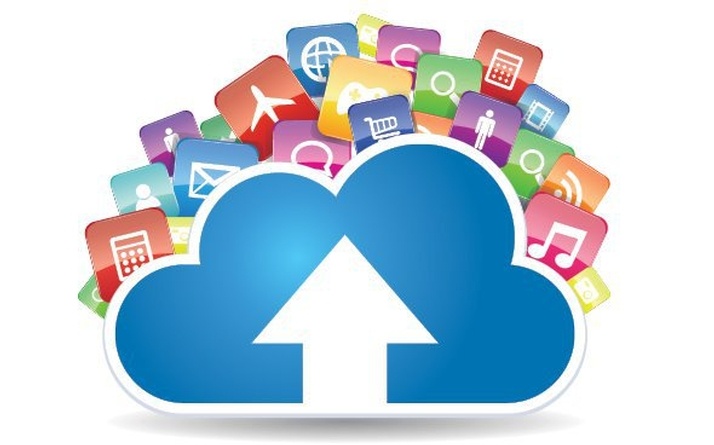"There is no Cloud. It's just someone else's computer."
Chris Watterston, Graphic Designer
Defining Cloud-Based Storage
Cloud-based storage usually happens on the provider's servers, not on your computer's hard drive. You gain access to any files (spreadsheets, Word docs, PDFs, photos, videos) in your cloud-based storage via the Internet from any device, anywhere. This saves valuable time.
Your Internet connection bandwidth also gets a boost, since providers of cloud-based storage only upload the changes that have been made to your files, rather than uploading entire files. Cloud-based storage frees up storage space on your devices, because it makes it easy to store and share files (including media files). It also eliminates the need for thumb drives or emailing files to yourself.
Here's how to pick the best cloud-based storage provider.
How to Choose the Right Cloud-Based Storage Provider
Picking the right cloud storage providers comes down to storage features, security, and cost. While usability and reliability are important aspects to consider during your decision process, I've chosen to focus on the three former aspects. Therefore, my tips for picking the right cloud storage provider are boxed in by solution properties, safety, and price.
1. Features
Most cloud-based storage providers include features like data storage, data sharing, data backup, accessibility, collaboration, and security. You'll want to weigh each provider according to the needs of your business.
Google Drive and Microsoft OneDrive offer the most generalist features, including real time document collaboration, folder and file syncing, device syncing, and media play. Dropbox and Box also provide the same, with Box putting extra focus on making it super simple to authenticate with the many tools users need on a daily basis. IDrive provides continuous file syncing, and holds a slight advantage over its competitors by allowing users to share files via email, Facebook, and Twitter.
2. Security
Typically, anything you send to cloud-based storage is encrypted en route to the providers' servers. In addition, most providers further encrypt your data while it's on their servers. But this doesn't mean your data is protected, since decryption keys are stored in the same cloud by the provider and can be stolen during a breach. Look for a cloud-based service provider that offers two-factor authentication systems in order to add an extra layer of security for your data.
Furthermore, it's best to use a provider with a well documented security program that meets all mandates. Providers like Mega have released the source code to its sync client, which adds credibility to the service by making third party safety checks possible.
"SSAE 16 is a widely recognized auditing standard developed by the American Institute of Certified Public Accountants that verifies whether a service organization has been through an in-depth audit of its control objectives and control activities to ensure safe and secure process and hosting of customer data. Additionally, ISO 27001 certification establishes a potential cloud provider as having met international standards for measuring information security management systems."
Chad Brooks, Senior Writer for Business News Daily
3. Cost
Aren't sure which service to choose? Most providers offer a free trial period so you can make sure their solution will suit your specific business needs. That said, it's typical for solutions to offer the most advanced features for a fee. Even storage options are better with a paid plan, since the majority of cloud-based storage providers won't give you much space unless you pony up. One work around: Dropbox offers 2GB of free storage (which isn't much), but will give you up to 16GB for free if you link the service to your social media and refer friends.
There are many reasons to pay for cloud storage.
- Upload Large Files Crucial for visual artists like graphic designers and video editors who host huge files. For instance, (in)famous Portland-based graphic designer, Aaron Draplin, uses Dropbox to store his gigantic art files.
- Access to File History If your colleague totally destroys a document, you can restore it to the orginal version.
- Customer Service There's peace of mind in knowing that you can get someone on the phone to help you if something goes wrong or you have a question that needs personal attention.
The last thing to keep in mind when choosing a cloud-based storage provider is that your business needs will undoubtedly change over time. You can save yourself from having to move your data from one provider to another in the future by picking a solution that offers a variety of options.
